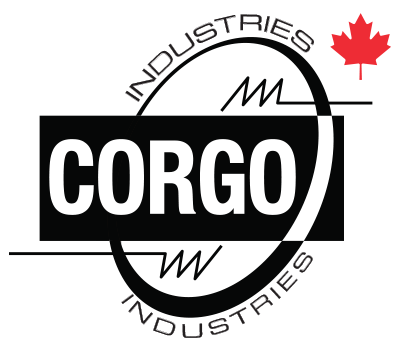Products Care
Quality and Safety
Products Care, Quality and Safety
Inspection Procedure for COR-061786, COR-600, and All Other CORGO Lifting Bags
Before each use, it is essential to conduct a thorough inspection of the lifting bag to ensure safety and functionality. Proper inspection helps prevent accidents, equipment failure, and potential injuries. The following guidelines provide a comprehensive overview of the inspection process:
Rigging Components: D-Ring
The D-ring, which serves as the lifting eye, must be carefully examined for any signs of damage. It should be free of sharp edges, corrosion, cracks, or stress marks. Any deformation or visible damage compromises the integrity of the lifting operation and requires immediate replacement of the component.
Straps and Webbing
The lifting straps and webbing are critical for safe lifting operations. Before each use, inspect them for cuts, tears, frayed edges, or worn stitching. Straps must not be cut, torn, or snagged. They should also be free of signs of excessive heat, chemical burns, or abrasion. Any contamination by chemicals or corrosive substances renders the straps unusable and necessitates their replacement.
Bag Body
Inspect the fabric and stitching of the bag body both inside and outside. Pay close attention to areas with double-layered sections. The bag must be free of holes, cuts, or tears larger than ¼ inch. All seams should be intact, undamaged, and securely held. Any failure in the fabric or stitching indicates the need for immediate replacement.
Bag Bottom
All models feature a reinforced bottom that requires specific inspection. Check both inside and outside for cuts, holes, tears, or chemical exposure. The bottom must be free of excessive abrasion. Visible straps on the bottom should be secure and undamaged. If holes are found through both layers of the bottom, the bag must be removed from service immediately to avoid failure during lifting operations.
Safety Precautions and Warnings
When using the lifting bag, observe the following safety instructions:
- Do not exceed the specified weight limit.
- Avoid loading the bag with sharp or pointed objects that may puncture, cut, or damage it.
- Damaged or cut bags and slings must never be used, as they pose a serious risk of load drop, which may cause injury or death.
- Never stand under or near suspended loads to avoid injury in the event of equipment failure.
- Lift only non-corrosive materials; avoid lifting chemicals or corrosive substances with this bag.
- Any bag showing signs of damage must be removed from service immediately to ensure safety during lifting operations.
Regular inspection and adherence to safety protocols are essential for the safe and effective use of lifting bags. Proper maintenance and timely replacement of damaged components help prevent accidents and extend the service life of the equipment.
